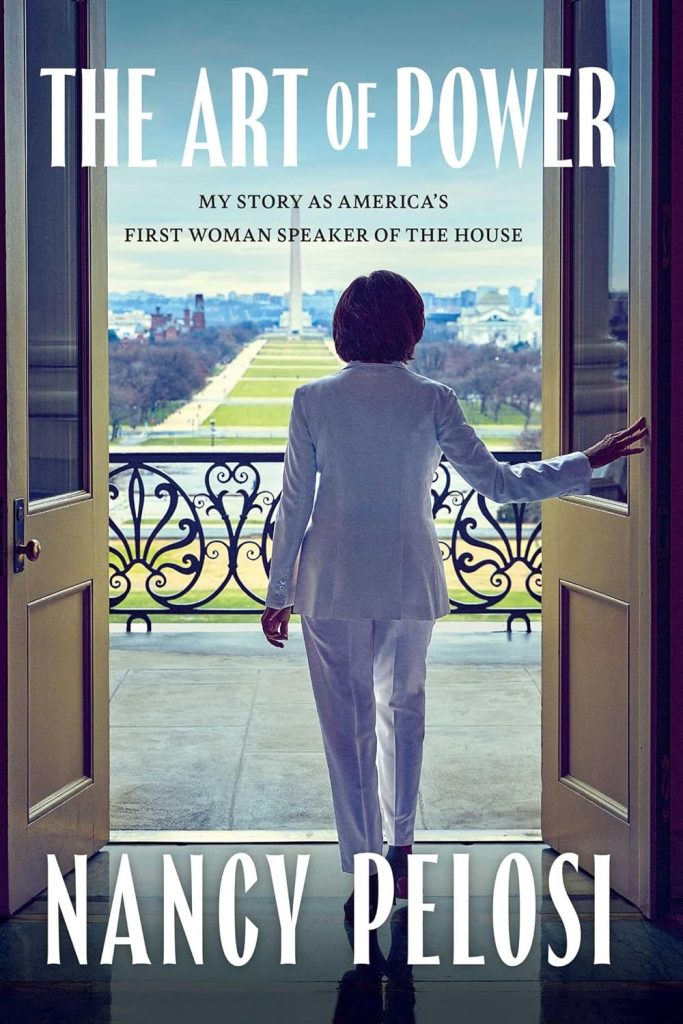
It bothered me in 2016 that a number of my conservative friends supported Donald Trump. For the most part, I understood that their view arose more from their disdain for Hillary Clinton—both politically and personally—than from any love for the bombastic man from New York. Many of them said as much and then were comforted after Trump selected Mike Pence as his running mate. Yes, it bothered me, but I felt as if I understood.
However, for the handful of friends that continued to support Trump in 2020— and not all of them did—I was absolutely miffed. Trump’s behavior as president defied the basic norms of human decency. His legendary dishonesty was daily directed at easily verifiable facts. Many of those who had worked closely with him had already gone public with consistent claims of his nasty temper and monumental ignorance.
I approached one dear decades-long friend—a devout Catholic who typically avoids political chatter—and asked about his continued support for Trump. This was really the first time we had discussed politics during a long friendship dating back to the early 1990s, a friendship that has survived our move from Florida to Colorado in 1998, but one that has been severely tested over Trump.
It was the summer of 2020 and our differing approaches to COVID’s social distancing restrictions and masking made it very difficult to avoid talking politics; it was right there on our faces… well, some of our faces.
During one conversation I agreed with him that the progressives in Congress held views that were too far left for a majority of Americans. I added though, that I still believed them to be decent well-meaning people. My friend disagreed. “AOC [progressive Congresswoman Alexandria Ocasio Cortez] is evil,” he replied.
When I described Speaker Nancy Pelosi as a more pragmatic liberal, one with left-leaning views she knows must be balanced with the views of others—progressives within her own party and conservatives within the other—I offered that she too was decent and well-meaning. “Nancy Pelosi is Satan,” he replied.
In 2020, this Biblically-inspired pronouncement put an end to whatever political conversation we might have had. Indeed, my closing thought on the matter was that proclaiming Pelosi “the great adversary of humanity”* was to move the conversation well-beyond the parameters of even the nastiest forms of political discourse.
I think of this now after reading Nancy Pelosi’s The Art of Power: My Story as the First Woman Speaker of the House (2024).
I have always admired Nancy Pelosi and this book confirms many of the reasons why. She is clearly devoted to her faith and her family. She believes that it is the responsibility of society—through government—to lift up those who are in need. She believes that health care “is a right and not a privilege only for those who can afford it.” She believes that the most powerful nation on earth has a responsibility to wield that power to make the world a better place.
Often to the detriment of those that tangle with her, Pelosi is also a savvy political operator who understands the functioning of the House of Representatives—The People’s House—perhaps better than anyone alive. In short, she is a politician; and she has been damn good at it. You don’t have to agree with everything she does to admire that.
I also recognize that there are some principled, and I believe, legitimate, criticisms of her that have come from the left and the right. To me, that is just the nature of the game. Unfortunately, the nature of that game has changed and it would be easy enough for those of us on the left, along with a handful of conscientious conservatives on the right, to blame Donald Trump; whom I believe is simply the manifestation of a much larger and insidious problem.
Indeed, the campaign to cast Nancy Pelosi as the Devil incarnate began long before Trump announced his first campaign in 2015.
In an opening chapter describing the brutal attack on her husband, Paul, in October of 2022—he was bludgeoned with a hammer by a home invader in the middle of the night—Pelosi writes that “[h]atred of me was [the intruder’s] rationale to violently attack my husband.” It has been reported that at one point, the intruder yelled through the house asking “Where’s Nancy? Where’s Nancy?”
Pelosi goes on to describe the origins of that hatred; at least to the extent that it has been directed at her.
“Imagine how it was for [Paul], watching as I was turned into one of the longtime villains of the Republican Party—starting in 2010, when the party spent millions of dollars to demonize me, running countless ads that featured my picture engulfed in hellish flames. Year after year, these personal and demonizing attacks that made me a target continued. The then-Republican Minority Leader Kevin McCarthy had even ‘joked’ about hitting me with the Speaker’s gavel. By the 2022 election, the Republicans spent tens of millions on ads personally attacking me. It was common for me to see an image of myself defaced with devil’s horns or worse.”
Some pundits trace the current situation back to the 1990s when Newt Gingrich spearheaded the Contract with America; a hugely successful effort to nationalize and unify the Republicans under a handful of policy initiatives outlined in the contract. Republicans added 54 House seats and eight Senate seats. Prior to this Republican Revolution, Democrats had held a majority in the House for 40 years.
The subsequent drumbeat of personal attacks on President Bill Clinton and First Lady Hillary Clinton reflected a turning point. This is not to say that personal attacks had not occurred before, nor do I suggest that the attacks against the Clintons were without merit. Rather, the 1990s saw the nationalizing of a Republican message in an environment supported by cable news and the very beginnings of an organized and readily available internet—FOX News first went on the air in 1996 and in 2000 AOL (America Online) had 20 million subscribers.**
Instead of inspiring and enlightening, this technology has polluted American discourse to the point that a decent, hardworking, family man of faith believes that someone I admire as a principled stateswoman is, in his mind, Satan. Something, my friends, is terribly wrong.
This is why Nancy Pelosi’s book is so important. It is, for the most part, a celebration of the Constitution and our system of government but also a warning that its proper functioning is wholly dependent upon the good will and decency of the people chosen to serve. Yes, the book opens with the origins of the attack on her husband. And she closes with the January 6, 2021 attack on the US Capitol. However, her criticisms of those responsible are delivered with tact and an adherence to the truth and she avoids the vitriol while making the clear point that there exists in this country a far-right threat to democracy. She also serves as an exemplar of how to survive the personal attacks that have become physical attacks.
Pelosi writes about January 6, 2021, “the massive crowd was chanting, ‘Nancy, Nancy, Nancy,’ and yelling ‘All we want is Pelosi,’ right outside my office and steps from the House chamber.” One rioter “picked up the House phone [and] told the operator to give me a message: ‘We’re coming, bitch.’ Another rioter, who made it inside the Senate chamber, screamed, ‘Where the f*** is Nancy?’ Someone else had left a large poster that said, ‘PELOSI IS SATAN’ on the windshield of a congressional vehicle parked outside. Another rioter, in a red knit ‘MAKE AMERICA GREAT AGAIN’ hat said she was looking for me ‘to shoot her in the frickin’ brain.’” Some of the rioters defecated in the House chamber.
The rest of this wonderful book details the real work of legislating in America and Pelosi’s deep commitment to the US Constitution and the rule of law.
The political battles she highlights with fascinating detail include her opposition to the war in Iraq, her openly public support of Taiwan and democracy protesters in China, the 2008 economic crisis, and the fight for the Affordable Care Act (ObamaCare).
In the end, The Art of Power expresses Pelosi’s love for the House of Representatives. And, even as she condemns the violence that has been perpetrated against her husband and the House, she does so with the spirit that these horrendous events can be overcome. She does so, also, as a model of the thick skin necessary to survive elective office in the modern era. Indeed, she closes with “a beautiful prayer posted on the wall of a hospital [she saw while visiting] Sierra Leone: When I die and happily meet my Creator, He will ask me to show Him my wounds. If I tell Him I have no wounds, my Creator will ask: Was nothing worth fighting for?”
I hope I can encourage my dear friend to read this book so that perhaps he will re-evaluate his position.
*https://www.dictionary.com/browse/satan
**https://itsec.group/blog-post-short-history-of-the-internet.html





